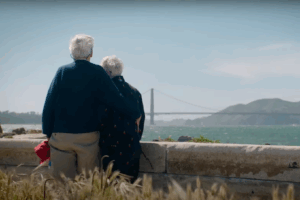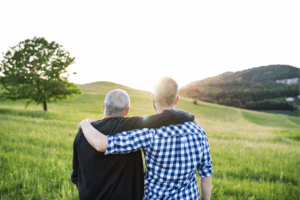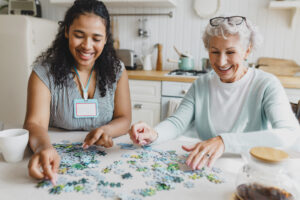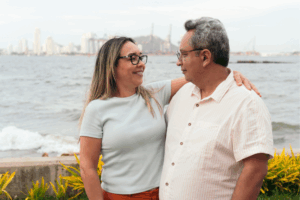When an older adult that we love passes away, we are naturally devastated. But to some extent, we expect chronic illness and the passage of time to take their toll. We know that every lifetime has limits, though we don’t enjoy facing up to them. But it’s especially heartbreaking when someone we care about is taken from us before their time. And the worst thing of all is that this early and sudden loss may come from the very person we love, in the form of senior suicide.[1. “Suicide bereavement and complicated grief,” June, 2012, https://www.ncbi.nlm.nih.gov/pmc/articles/PMC3384446/]
Risk Factors for Senior Suicide
If you know how to identify older adults at risk for suicide, this tragedy can be avoided. For instance, suicide rates tend to increase with age; the highest rate is among Caucasian males 65 and older. Within this group, widowers and those who are divorced have the highest number of suicides. Others risk factors include the following:
- A history and/or diagnosis of depression, anxiety, manic depression, schizophrenia, or other mental illnesses or mood disorder
- Alcoholism or drug abuse
- Isolation (physical or social)
- A chronic or critical illness (suicide risk increases with the advent of a serious diagnosis)
- A recent life change, such as the loss of a loved one, moving, or retiring
- Recent, major financial problems
Warning Signs to Watch Out For
Even with those at high risk for senior suicide, such phenomena rarely happen out of the blue. Typically, there are warning signs. In addition to the symptoms of depression[2. “Depression Symptoms and Warning Signs,” August, 2015, https://www.helpguide.org/articles/depression/depression-signs-and-symptoms.htm], keep an eye out for the following:
- Talking about suicide and/or bringing up death a lot in conversation
- Making explicit statements that indicate suicidal ideation (such as, “Everyone would be better off without me,” and “What’s the point of going on?”)
- Voicing feelings of hopelessness or worthlessness
- Preoccupation with death and things surrounding it
- Loss of interest in people or activities formerly found enjoyable
- Calling loved ones out of the blue and initiating conversations that don’t make sense (“I just wanted to make sure you’re happy,” or “No matter what happens, know that I’ll always love you.”)
- Making final arrangements such as plans for their funeral, or writing or updating a will
- Suddenly giving away personal items or things of value
- Stockpiling pills, purchasing firearms, or obtaining other means to self-harm
- Refusing to take medications, follow prescribed diets, or generally take care of their health
- A more peaceful, happier demeanor with no known cause (this may indicate suicide because the victim believes that all their problems will soon be over)
Preventing Senior Suicide with Proactive Measures
The first thing to do when trying to prevent senior suicide is assess risk (i.e., determine whether a suicidal act is imminent). Please note that as a concerned friend or family member, you would only do this on a preliminary basis. The goal would be to gauge whether your loved one needed professional help, and if so, how soon. A more thorough assessment should only be carried out by a licensed health professional. In addition, you can also consider doing the following:
- Talk to the person about their feelings. Let them know you are there for them.
- Encourage them to pursue treatment (and help them seek it out). Let them know that their suicidal feelings may be temporary, and that their problems may have non-violent solutions.
- Ask about their plans for the future. Determine if they have a plan to commit suicide, and if they know how they would do it and when.
- Call 911 or take the person to the emergency room, if needed. If possible, remove the person’s access to methods of self-harm.
Know that even after the immediate risk has been mitigated, your loved one will now begin the slow, difficult road back to recovery. If loneliness and social isolation are factors, consider long-distance support options like the IOA Friendship Line (1.800.971.0016) in addition to supervised medical help. Together, you, your loved one, and their healthcare team can increase their odds of a longer and happier life.
If you are unsure of how to best help an aging loved one, the trained and compassionate staff at the Institute on Aging is here to help you make that decision and gain the best in at-home care for older adults. Contact us to find out more.







